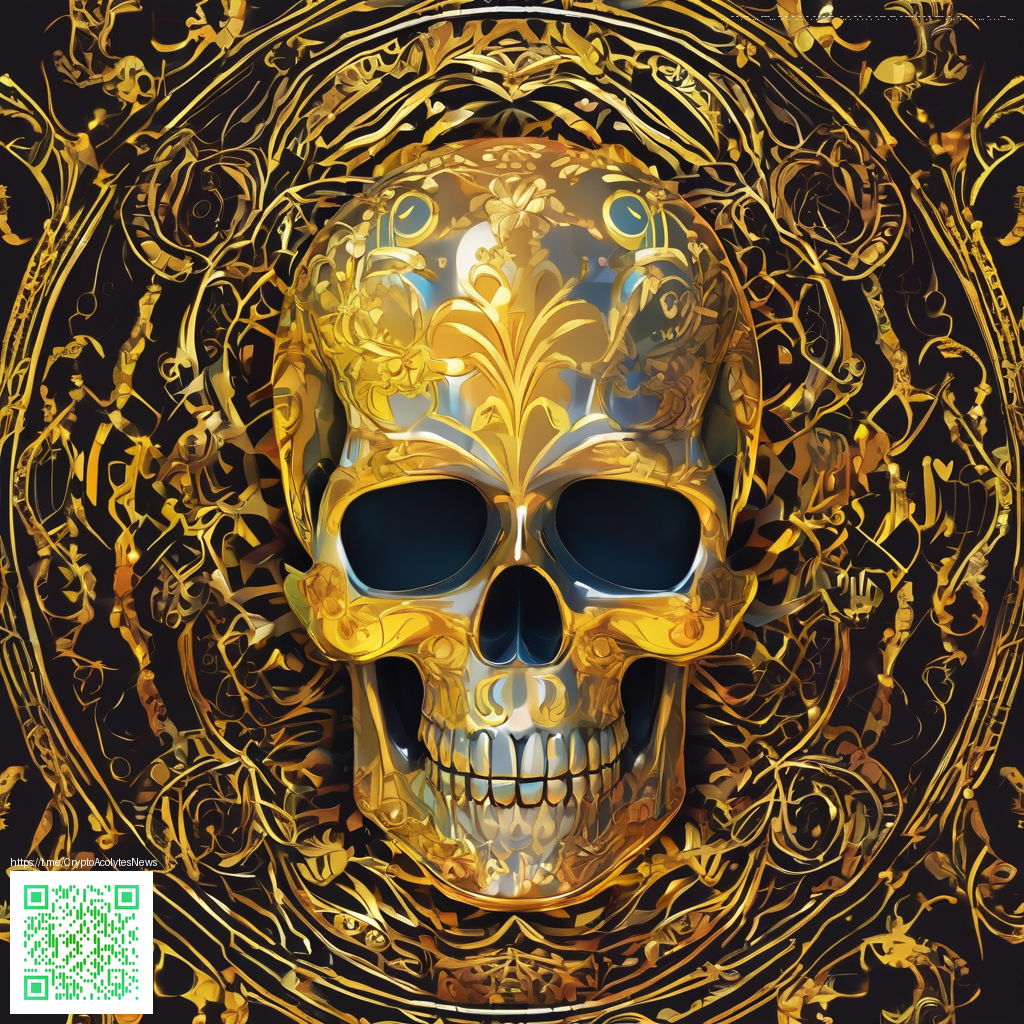
How to Build a Practical Asset Library for Notion and Productivity Tools
In a world where work happens across apps and devices, your digital assets are the backbone of scalable, repeatable workflows. Notion isn’t just a notebook—it’s a living library for templates, databases, and documented processes. The goal is to create a set of reusable components that you can plug into projects, teams, and personal routines. When done well, these assets save time, reduce cognitive load, and keep everyone aligned.
Why a centralized asset library matters
A well-organized asset library acts as a single source of truth for your productivity toolkit. Think of it as a catalog of templates, checklists, dashboards, and reference docs that you can copy, adapt, and extend. Notion shines when you can quickly replicate a proven structure rather than reinventing the wheel for every project. By maintaining consistent naming, clear versioning, and a lightweight taxonomy, your team can locate and reuse assets with confidence. This approach also smooths onboarding, since new members can plug into a familiar framework rather than learning from scratch each time.
What to include in a Notion asset pack
- Templates: dashboards for projects, weekly planning, meeting notes, and knowledge bases—ready to duplicate and customize.
- Databases and schemas: predefined tables, relations, and views that model common workflows (e.g., task boards, research repositories, and content calendars).
- Visual assets: icons, covers, and color palettes that help maintain a consistent look and feel across pages.
- Shortcuts and automations: quick actions, page templates with pre-filled blocks, and placeholders for essential fields.
- Guides and docs: usage notes, ownership, and version history to ensure sustainable adoption.
Getting started: a practical, four-step approach
- Audit your current assets: collect existing templates, pages, and workflows. Note what’s working and what’s duplicative.
- Define a simple taxonomy: a lightweight folder-by-topic scheme and a naming convention that makes sense to your team (for example, Templates/Projects, Templates/Weekly, Assets/Icons).
- Package assets into repeatable bundles: group related templates, docs, and visuals into a single package you can reuse across projects.
- Document usage and ownership: add brief notes on who owns each asset, when to update it, and how to customize for different contexts.
“The power of a great digital asset library lies not in perfect everything from day one, but in repeatable clarity that your future self—and teammates—can rely on.”
To bring this idea to life in a tangible way, consider a ready-to-use catalog asset that mirrors a real-world product page. For instance, the Slim Glossy Phone Case for iPhone 16 — Durable Wireless Charge is a neat example of how product details, imagery, and specs can be structured as a Notion template. You can explore a catalog entry like this on the product page here, which demonstrates how concise product data sets translate into reusable blocks for future projects. Looking at the broader context, you can also study related content on the live page at https://sol-donate.zero-static.xyz/c3fc382e.html to see how these assets surface in a reader-friendly format.
Best practices for durable, scalable assets
- Keep it portable: design templates that travel well between Notion workspaces or even other productivity tools. Use universal blocks (databases, toggles, checklists) and avoid overly bespoke layouts that lock you in.
- Favor clarity over cleverness: descriptive names, short purpose statements, and consistent field types reduce friction when reusing assets later.
- Version with intention: tag changes, maintain a changelog, and preserve a baseline so teams can roll back if needed.
- Align with your processes: ensure assets reflect real-world workflows, from onboarding to project execution, so adoption feels natural.
As you assemble your asset library, resist the urge to over-assemble at once. Start with a core set—templates for planning, a project dashboard, and a few fast-start pages. Then add visuals and more specialized templates as your teams gain confidence. The beauty of Notion and modern productivity ecosystems is their ability to scale incrementally while remaining intuitive.
For readers building toward better digital organization, the emphasis is on practical reuse, thoughtful naming, and lightweight documentation. If you’re curious about a concrete, real-world example, you can explore a catalog-style entry like the Slim Glossy Phone Case for iPhone 16 on the linked product page, which illustrates how structured product data can be deployed as reusable assets in a Notion workflow.
Similar Content
Related page: https://sol-donate.zero-static.xyz/c3fc382e.html